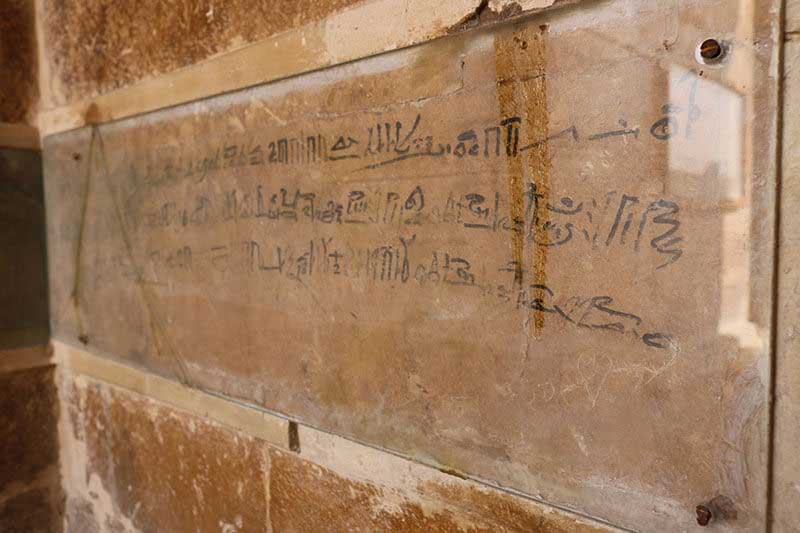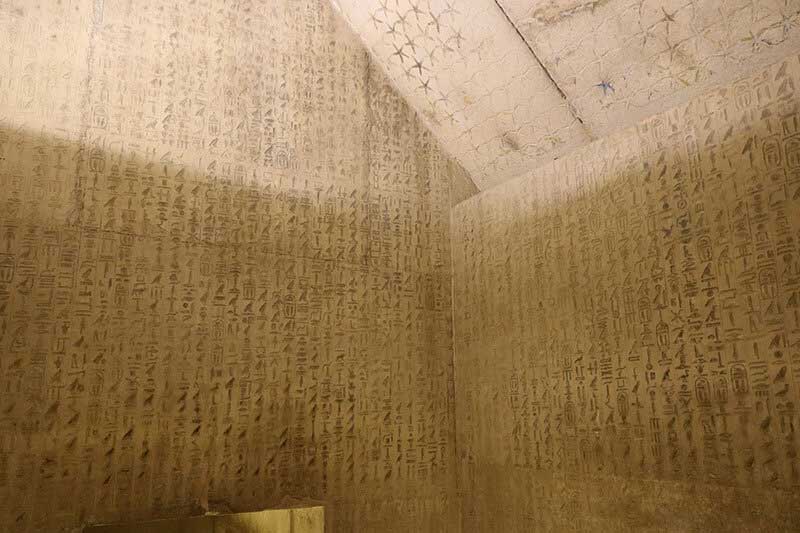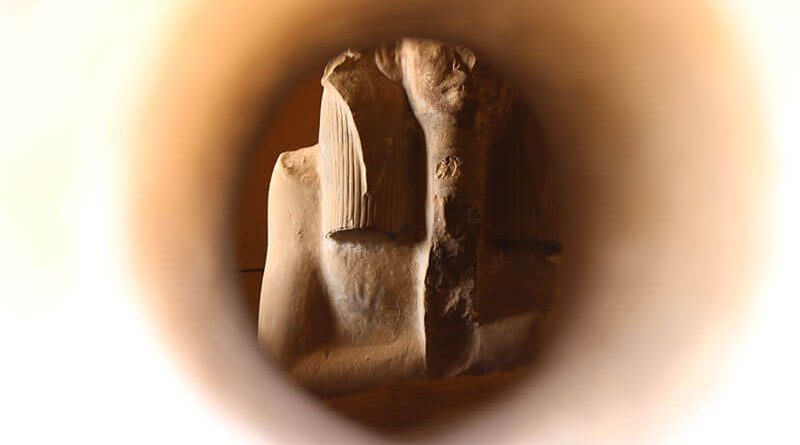The Hidden Gems of Saqqara
Travelers usually feel that their trip to Egypt is complete with a visit to the Pyramids of Giza and the Nile Cruise! Alas beyond these iconic (and well marketed) experiences, we miss out on the not so usual destinations – which are equally beautiful and historic!
One of these off-the-beat destination is Saqqara. However, even here, ‘led’ by impatient guides, we may often miss out on amazing parts and focus only on the highlight i.e. the imposing Step Pyramid! This discussion tries to bring out the aspects of the Step Pyramid complex (other than of course the Step Pyramid) that one should not miss out on! Of course, this is by no means a complete list – many more important monuments (many of which are closed to the public) exist and their omission is merely the author’s ignorance and inability to visit in a short time frame!
- The Serdab of King Djoser
- The oldest tourist graffiti in the world
- The Pyramid complex of Unas
- The Tomb of Idut
- The Imhotep Museum
The Serdab of King Djoser
On the North side of the Step Pyramid is the “Serdab of Pharaoh Djoser”. Serdab is a small enclosed structure that houses the ka statue (inhabited by the Pharoah’s soul) and with a small slit or hole with various purposes including allowing the soul of the deceased to move about freely, to breathe and eat – to let in the smells of the offerings and incense presented to the statue, and for the King’s Soul to witness the ceremonies outside.
This temple always appears on the north side of the pyramid throughout the Third Dynasty, as the king would wish to go north to become one of the eternal stars in the North Sky that never set
Watch the Ka’s statue through the small hole!

The oldest tourist graffiti in the world
Quite a controversial topic – but one of research as Graffiti over the ages gives us information about times past! Just near the Temple court and near the Serdad, in some structures, we can find perhaps the earliest example of tourist graffiti ever written – in 12th Century BC i.e. 1232 BC – about 1500 years after Djoser’s death, during the 47th year of the reign of Ramses II. A treasury scribe on a pleasure trip wrote of his admiration for the structures on the walls of the still-standing building. It is now enclosed in protective glass! Don’t miss it!

Tomb of Idut
Dated around 2360 BC, this tomb belongs to Princess Idut, probably the daughter of King Teti – the first king of the 6th Dynasty.
What is most intriguing about Idut’s tomb or ‘mastaba’ are the realistic scenes and vivid depictions of animals, offerings, hunting, fishing, sacrifice, and everyday life in ancient Egypt, which were skilfully carved and painted around 4360 years ago.
Notable reliefs and images are (see if you can find them): egrets, ducks, butterfly, mongoose, a fox hunting the young of a duck, a hippo birthing a young – with a crocodile in wait to devour the young, the tax officers (with their stylus behind their ears), Princess Idut (in a doorway), the process of butchering cattle, elaborate fishing process (including fishing nets and persons with spears, clubs, multi-hooks to kill the fish – various species depicted), the scene of different offerings to the princess etc.. Goes on! It is a treasure – a peak into the daily life of the ancients!

The Pyramid complex of Unas
The tomb here is a gem! Unas’ (the last Pharaoh of the 5th Dynasty – 2350 BC) tomb is the first evidence (and most complete) of the Pyramid Texts – consisting of various magical spells intended to help the king in overcoming hostile forces and powers in the Underworld in his journey to meet the divine father – Ra (Sun God) in the afterlife.
The hieroglyphics are fantastic to watch – spend some time. Photography not allowed – but I managed one sneak!

The Imhotep Museum
I personally missed this – but I wish I had spent some time here! Dedicated to Imhotep (more on him in a separate discussion), the famous architect of the first Pyramid – the Step Pyramid and well known (later worshipped as a God) as an astrologer, inventor (ink!) and many other talents – all with a humble civilian background!
The museum is considered impressive consisting of 6 large halls situated over a large corridor. An amazing collection of artefacts from the excavations of Saqqara, a must go to appreciate the works of this ancient genius and to understand this first necropolis of Ancient Egypt.







Leave a Reply